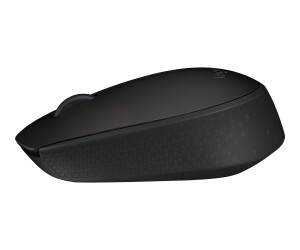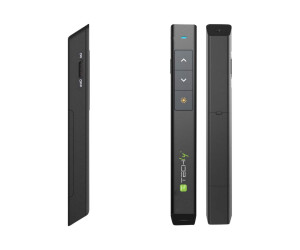USB 3.0
USB 3.0
The USB 3.0 interface, also known as SuperSpeed USB, is an advanced connection technology that offers many improvements over its previous versions. USB stands for Universal Serial Bus and is a widely-used interface that allows for the connection of various devices such as computers, laptops, peripherals, external storage devices, cameras, and much more.
One key feature of USB 3.0 is its increased data transfer speed. Compared to the previous version, USB 2.0, USB 3.0 provides a significantly faster transfer rate. USB 2.0 typically achieves a maximum transfer speed of 480 Mbps (Megabits per second), while USB 3.0 allows for data transfer rates of up to 5 Gbps (Gigabits per second). This means that data can be transferred much more quickly, which is particularly advantageous for large files, HD videos, high-resolution images, or data backups.
Another outstanding feature of USB 3.0 is its improved energy efficiency. The interface offers better power management, reducing power consumption compared to earlier versions. This allows for longer battery life for portable devices and more efficient use of power for connected devices.
An important physical feature of USB 3.0 is the so-called SuperSpeed connector. This connector has additional contacts that are necessary for transmitting the higher data rate. The SuperSpeed connector is backward compatible and can be used with both USB 3.0 and USB 2.0 ports and cables. This means that older USB devices can be used seamlessly with a USB 3.0 port while still maintaining the maximum speeds of USB 2.0.
Another notable feature of USB 3.0 is its improved power delivery capability. USB 3.0 provides an increased power output of up to 900 mA (milliamperes) compared to the 500 mA of USB 2.0. This allows for the power supply of more power-hungry devices such as external hard drives, mobile device chargers, cameras, and other peripherals without the need for a separate power adapter. This greatly simplifies the use and connection of devices.
Another useful feature of USB 3.0 is the improved data transfer through asynchronous transfer. With USB 3.0, data can be transferred both synchronously and asynchronously. This means that certain data transfers, such as streaming videos or transferring audio files, can occur with minimal delay and interruption while other data transfers take place in the background.
In summary, the USB 3.0 interface offers significant improvements over previous USB versions. It enables faster data transfer rates, improved energy efficiency, enhanced power delivery capability, and increased flexibility in device usage. These features make USB 3.0 an ideal choice for demanding applications that require high speed and performance, such as external hard drives, video transmission, high-resolution displays, and other data-intensive devices.




































